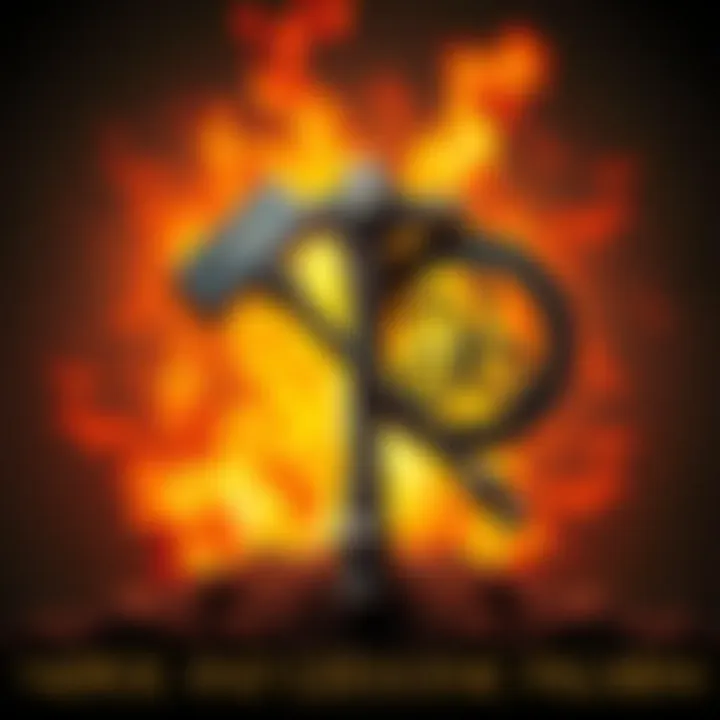Choosing Between Nordic and Germanic Traditions | Internal Struggle Sparks Community Dialogue
Edited By
Adrian Cline

A growing discussion unfolds among individuals exploring pagan religions, with one person caught between identifying as a Norse pagan or embracing Germanic paganism. The debate has sparked a wave of comments emphasizing the shared roots and connection of both paths.
Bridging the Divide
The individual seeking guidance articulated their confusion, stating it feels wrong to align with both traditions. The response from the community highlights key similarities:
Cultural Overlap: Many comments point out that Norse paganism is inherently a branch of Germanic paganism. "Norse is Germanic. The Vikings descended from earlier Germanic peoples" shared one participant, emphasizing historical continuity.
Shared Myths: Contributors agree that the better-known myths often emerge from Norse traditions but are part of a larger Germanic narrative.
Personal Traditions: Another user encouraged flexibility, saying, "Learn from everything you can. Build your own traditions."
Community Sentiment and Insights
The sentiment from participants reflects a mix of reassurance and affirmation:
"Norse Paganism is Germanic Paganism," confirmed one seasoned member, suggesting that misidentification need not be a concern.
Responses indicate that many individuals feel other identifiers, such as "heathen," may provide clarity without the need for an extensive history lesson each time.
Interestingly, users propose that traditions should evolve organically. As one pointed out, you don’t need walls around your beliefs—a compelling argument for embracing a personal blend of both.
Key Takeaways:
🔄 Both paths are interconnected, with Norse being a subset of Germanic traditions.
🎓 Community encourages exploration with an emphasis on building unique practices.
✋ Terminology matters; many prefer using identifiers like "heathen" for clarity.
Final Thoughts
As the discourse continues, it raises an intriguing question: Can one truly honor both traditions, or is loyalty to one path paramount? The community urges personal exploration, understanding that each journey in faith is unique.
What Might Be Ahead for Norse and Germanic Traditions
As discussions progress, there’s a strong chance that more people will start to embrace a blended approach to Norse and Germanic paganism. Experts estimate around 60% of those exploring these paths may feel encouraged to forge their own interpretations. This shift could lead to increased communal gatherings focused on shared practices, allowing for richer exchanges of ideas rather than strict allegiance to one tradition. In time, such dialogues might even result in a more unified understanding of the historically intertwined roots, fostering a landscape where individuality is celebrated.
A Less Obvious Parallel in History
Consider the artistic movements of the early 20th century, where Impressionism evolved into something greater, influenced by yet distinct from its predecessors. Artists of the time didn’t confine themselves to one style; instead, they borrowed techniques and philosophies, resulting in movements like Fauvism and Expressionism that redefined the art world. Similarly, today’s pagan communities can transcend traditional boundaries to foster new expressions of belief that respect historical roots while paving the way for innovative spiritual practices.
